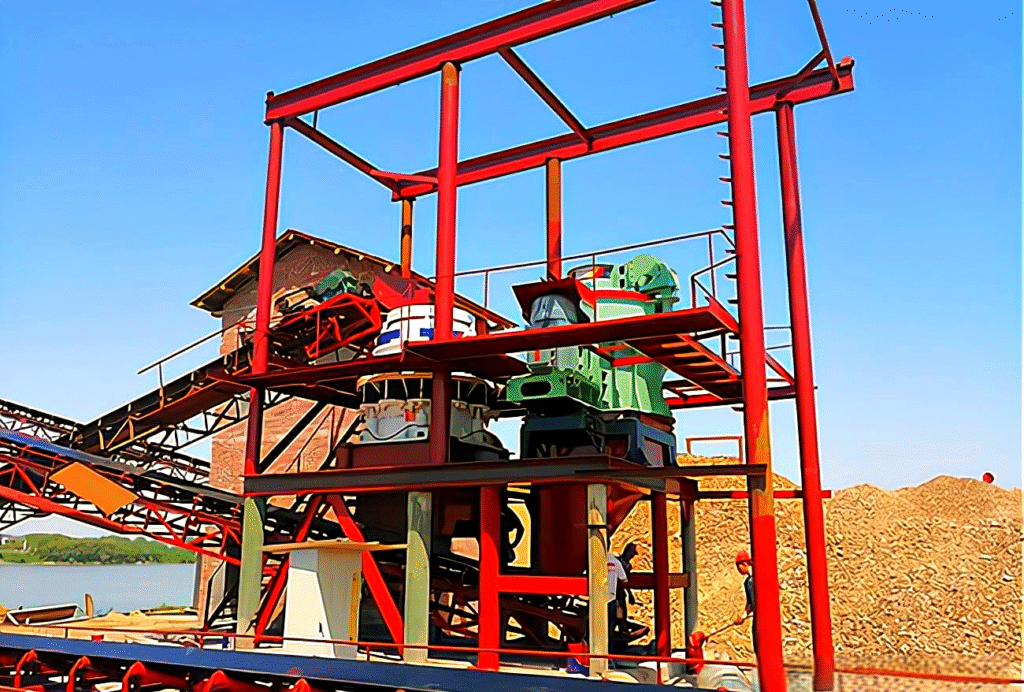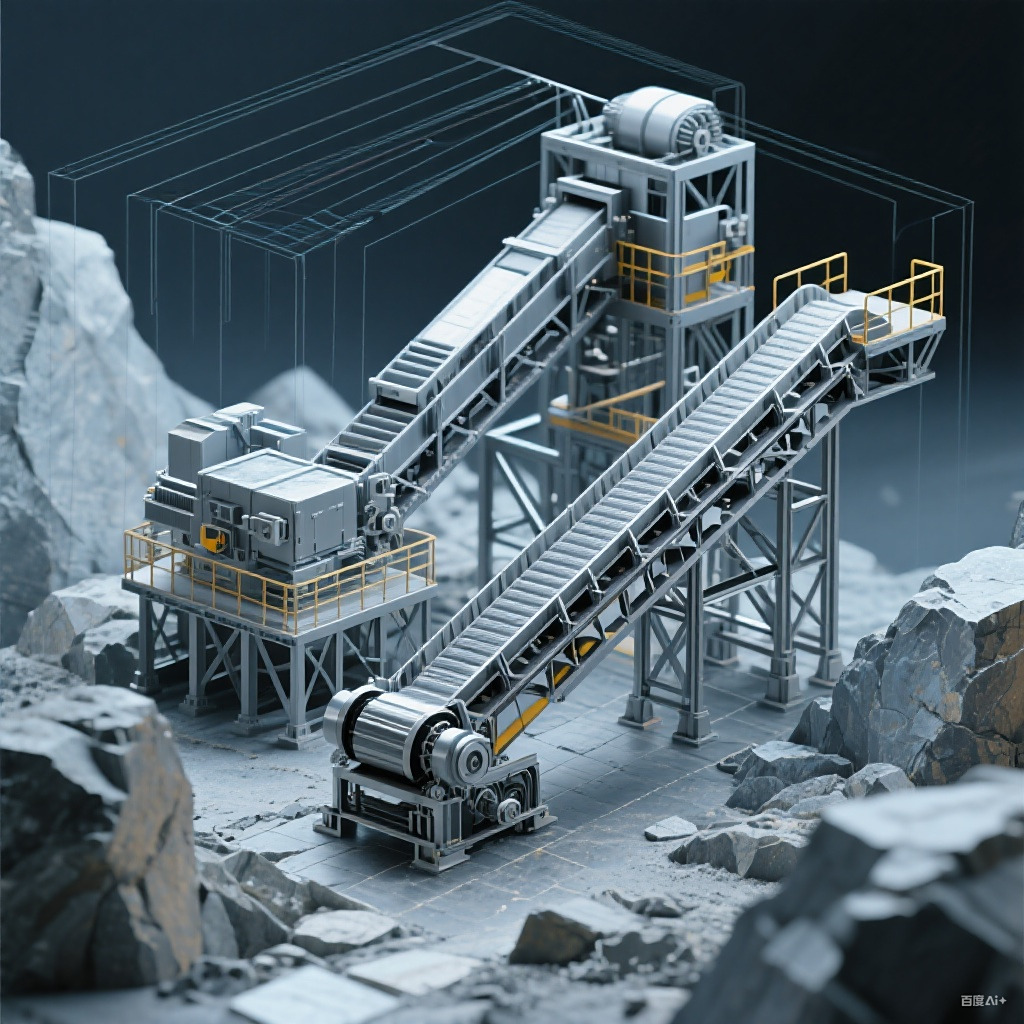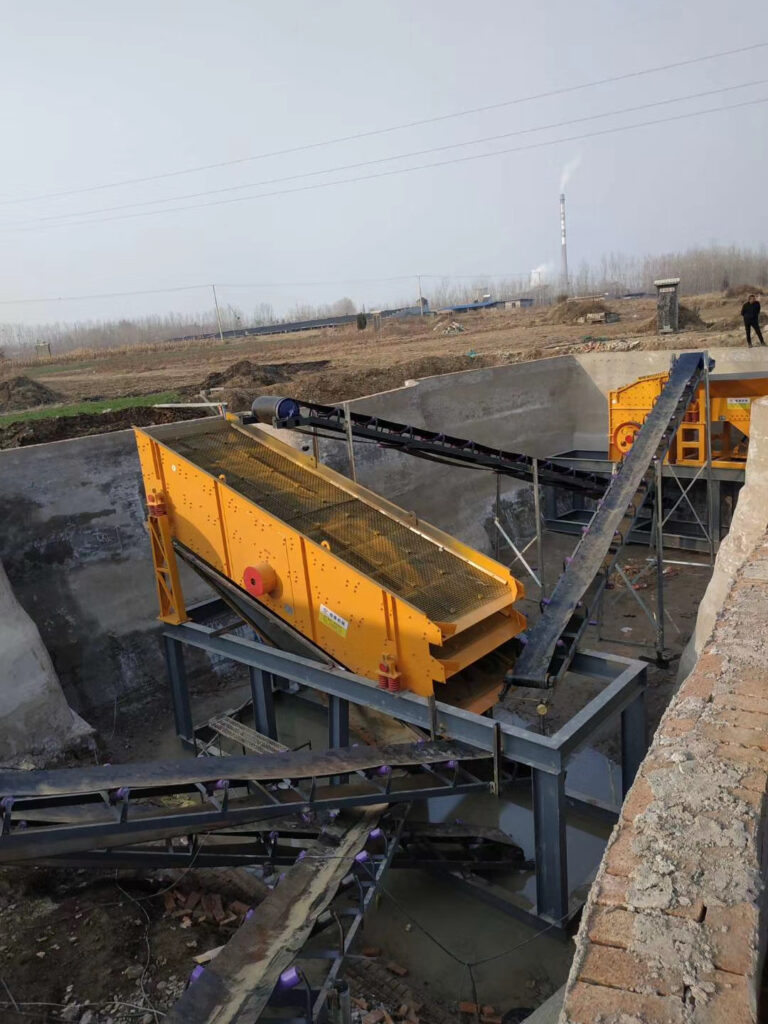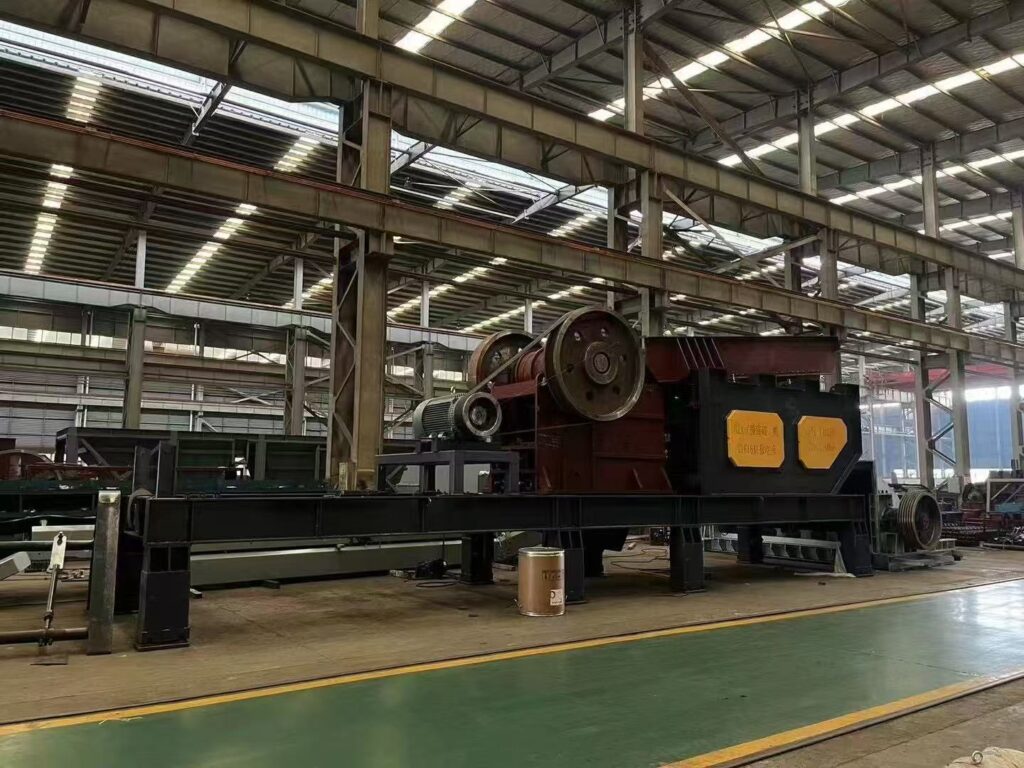Crushing Equipment: Crushing Process, Parameters and Applications
In industrial production, the process of breaking large blocks of material into smaller pieces is called crushing. The machines that complete this task are collectively referred to as crushing equipment. Based on their structure and working principles, the most common types of crushing equipment include: jaw crushers, cone crushers, roll crushers, hammer crushers, impact crushers, pan mills, vertical shaft impact crushers (VSI), and cage mills. Below is an overview of each type, their principles, and applications.

1. Jaw Crusher
The jaw crusher crushes materials through the periodic reciprocating motion of a moving jaw against a fixed jaw.
Application: Suitable for coarse and medium crushing of hard and medium-hard materials.
2. Cone Crusher
The cone crusher operates with a fixed outer cone and an inner cone mounted on an eccentric shaft sleeve, which rotates eccentrically. The material is crushed by pressure and bending forces between the cones.
Application: Suitable for coarse, medium, and fine crushing of hard and medium-hard materials.
3. Roll Crusher
Materials are crushed between two counter-rotating rolls.
Application: Suitable for medium and fine crushing of medium-hard and soft materials.
4. Hammer Crusher
Materials are shattered by high-speed rotating hammers suspended on a rotor.
Application: Suitable for medium and fine crushing of medium-hard materials.
5. Impact Crusher
Materials are struck by rigid blow bars mounted on a high-speed rotor and further broken against impact plates.
Application: Suitable for medium and fine crushing of hard and medium-hard materials.
6. Pan Mill
Materials are crushed and ground on a rotating pan by cylindrical grinding wheels, with simultaneous mixing action.
Application: Widely used in refractory plants for raw material crushing.
7. Vertical Shaft Impact Crusher (VSI)
Materials are accelerated by a high-speed rotor and impacted against fixed anvils and liners, resulting in coarse and fine particles.
Application: Suitable for medium and fine crushing of hard, medium-hard, and brittle materials. Also widely used for sand making and aggregate shaping.
8. Cage Mill
Also known as a cage grinder, it uses two high-speed, counter-rotating cages to crush materials by impact.
Application: Suitable for fine crushing and coarse grinding of brittle and soft materials, often used in the glass industry.

Equipment Selection and Process Tips
When selecting crushing equipment, consider four key factors:
- Material hardness and abrasiveness
- Moisture content and clay content
- Target particle size and shape
- Required capacity (t/h)
Examples:
- Hard and abrasive materials (e.g., basalt, granite): Use jaw crusher + cone crusher or VSI.
- Medium-hard materials (e.g., limestone, aggregates): Use jaw crusher + impact crusher or hammer crusher.
- Wet or clay-rich materials: Use roll or hammer crusher with closed circuit and screening.
- Sand production (0–5 mm): VSI crusher for high-quality manufactured sand.

Conclusion
Crushing equipment is widely used in mining, construction materials, metallurgy, chemical, glass, and refractory industries. Each type of crusher has its own advantages in terms of structure and working principle. Choosing the right crushing equipment helps improve production efficiency, reduce energy consumption, and lower operational costs.

